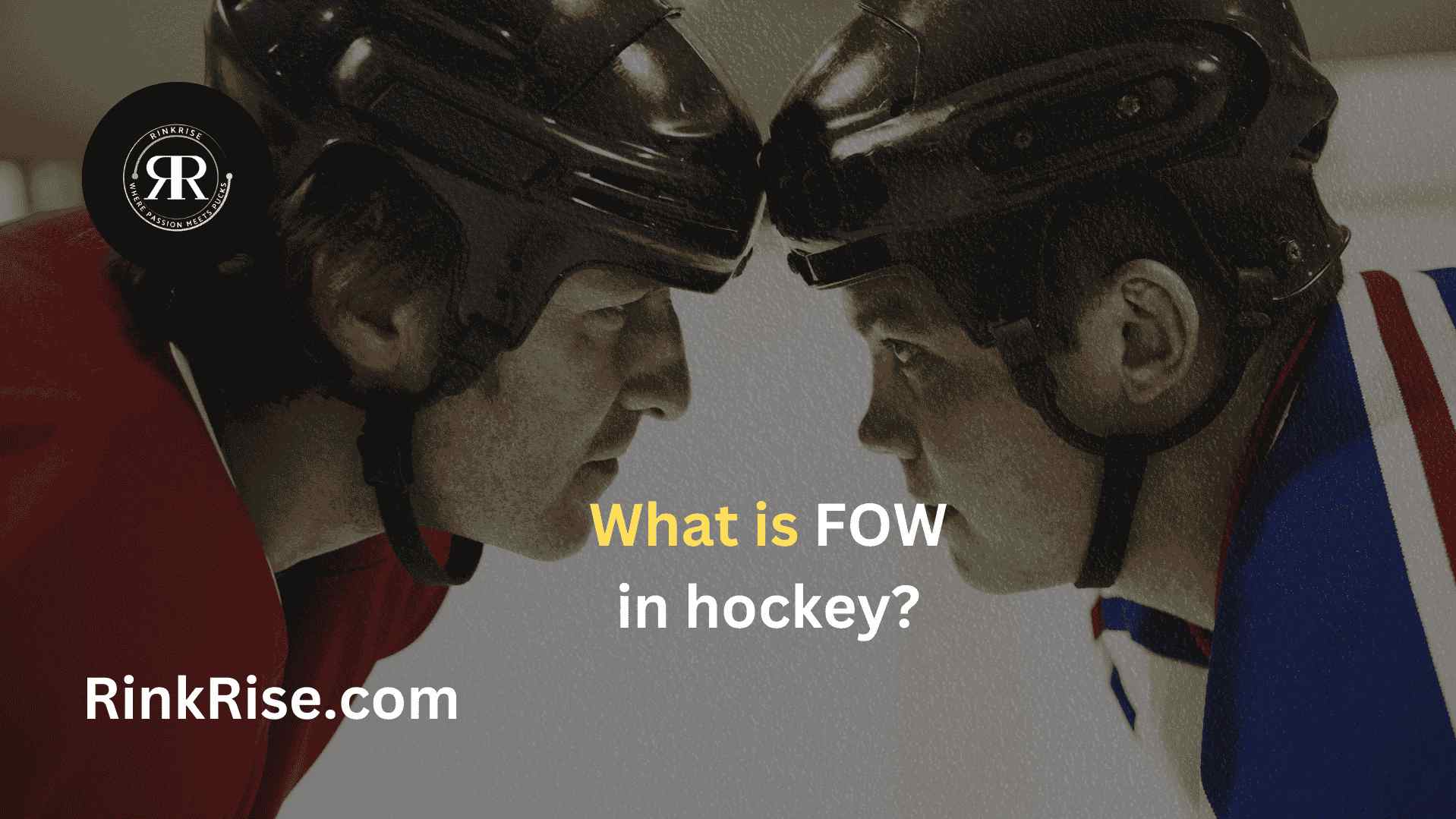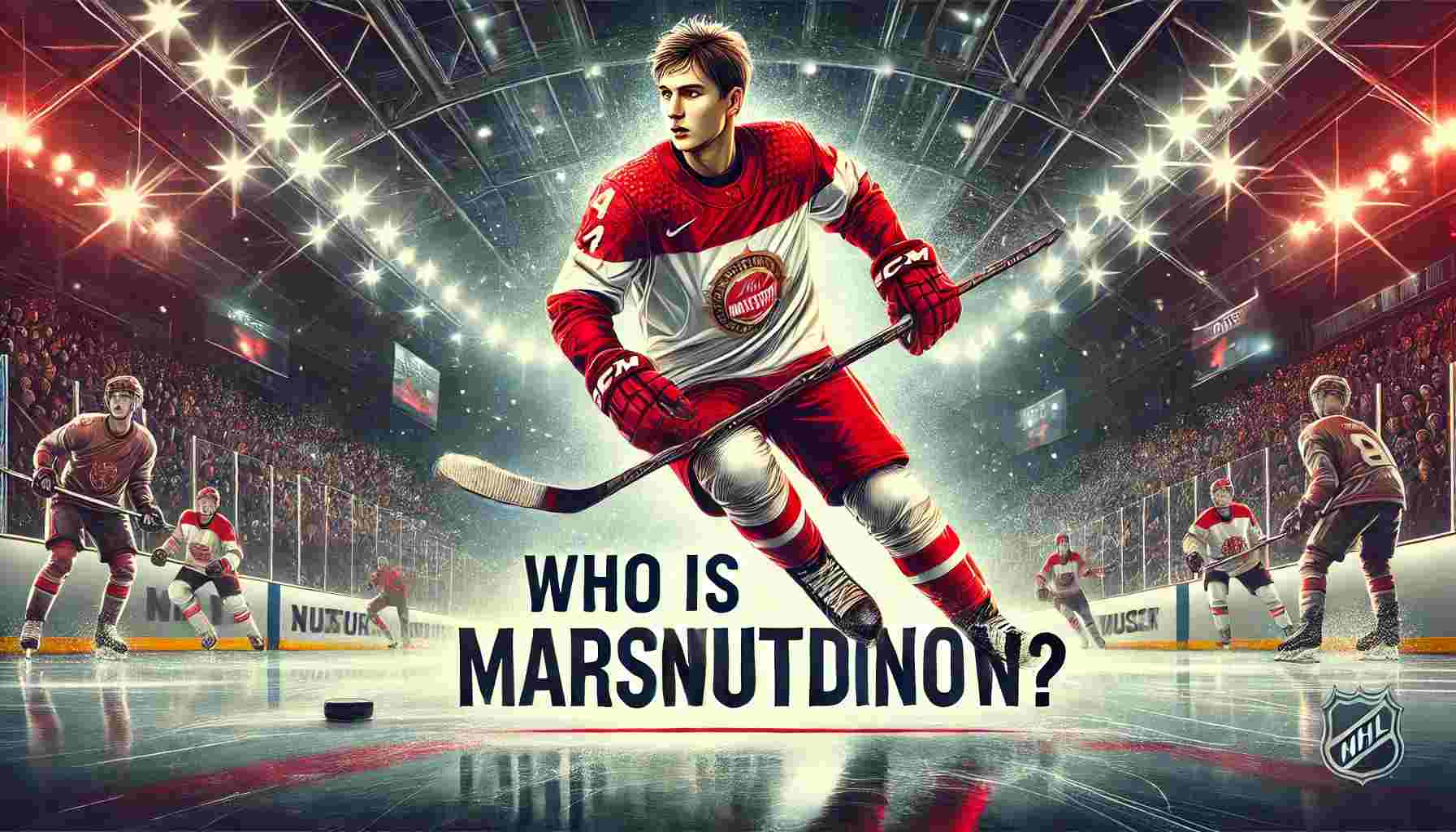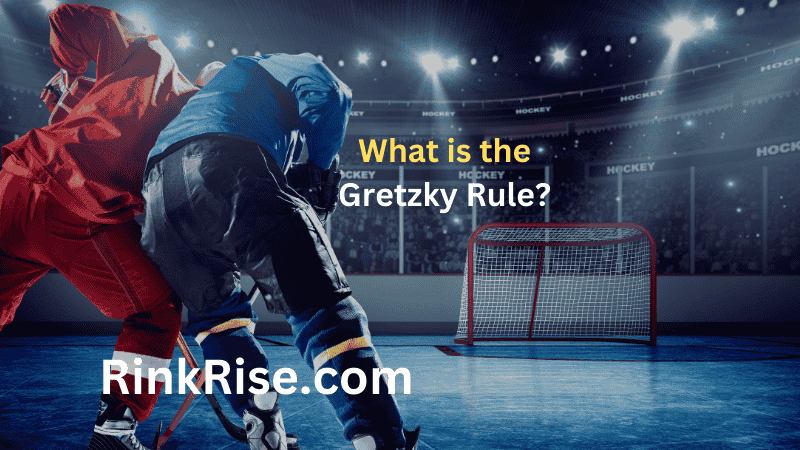FOW in hockey refers to the number of faceoffs won by a player. This statistic is crucial as it reflects a player’s effectiveness in faceoffs, which are critical moments in a game where possession of the puck is contested. In addition to FOW, players are also evaluated on FOL, or the number of faceoffs lost, and the faceoff win percentage.
The faceoff win percentage (FOW%) is a key indicator of a player’s prowess in this area. Before delving deeper into FOW%, it’s essential to recognize why faceoffs hold significant value in the NHL. These moments can dictate the pace of the game and often influence the outcome by determining which team gains control of the puck during critical periods.
The Significance of Faceoff Wins in Ice Hockey
In ice hockey, securing faceoff wins is deemed crucial by NHL teams, including the management, coaches, and players alike.
But why are these wins so vital?
To understand, we must first consider the concept of possession. Possession measures the percentage of time a team controls the puck during a game. For example, a team might possess the puck 55% of the time compared to their opponents’ 45%.
Teams value possession highly due to its strong correlation with winning. Generally, if a team’s possession percentage exceeds 50%, they are likely to win more games than they lose.
So, what boosts a team’s possession statistics? Several factors contribute, but winning faceoffs is key. Winning more faceoffs translates directly to more time with the puck, enhancing a team’s chances to control the game’s pace and ultimately, the scoreboard. This simplicity underscores the profound impact of faceoff wins in the sport.
Understanding How Faceoff Wins Are Determined in Ice Hockey
In ice hockey, the criteria for a faceoff win extend beyond which player first touches the puck. Instead, it’s about which team ultimately gains possession of the puck.
Consider this scenario: two centers might tie up during a faceoff, effectively neutralizing each other. Meanwhile, a winger from one team might swoop in and take control of the puck. This action secures possession for his team and contributes to a faceoff win.
This example illustrates that faceoff outcomes depend not only on the player initiating the draw but also on the involvement of their teammates. While the statistic tracks who takes the faceoff, the result often hinges on the collective effort of all players on the ice. Some players consistently perform better in faceoffs, indicating a skill in gaining control that can significantly influence the game’s dynamics.
Key Metrics for Evaluating Faceoff Performance in Ice Hockey
When assessing a player’s effectiveness in faceoffs, the most crucial metric is the Faceoff Win Percentage (FOW%). Rather than focusing on the total number of faceoffs won, which might not provide a clear picture of performance, the percentage is more telling.
For instance, stating that a player won 55% of their faceoffs is more informative than saying they won 550 faceoffs in a season. A FOW% above 50% indicates that the player is winning more faceoffs than they are losing, which plays a critical role in gaining posession for their team.
Ideally, players strive to achieve a FOW% of 50% or higher, with the top performers in the league often winning around 60% of their faceoffs. This statistic is a significant indicator of a player’s ability to influence the game by securing puck control right from the faceoff.
Understanding Face-off Locations in Ice Hockey
In ice hockey, face-offs are structured restarts, not random events. They occur at specific points on the rink, known as face-off spots. A standard hockey rink features nine such spots, where play can be resumed according to the rules.
These spots include five circular face-off spots in the center and end zones, each marked with a dot, and four additional dots without circles, located in the neutral zones beyond center ice. Each face-off spot in the end zones is equipped with hash marks that guide where players position themselves.
Play typically begins at the central face-off spot, which is also used after a goal is scored or when the referee dictates a restart at this location during the game. According to NHL Rule 76.2, face-offs must always occur at one of these nine designated spots.
This rule further specifies that if a team commits two penalties, the ensuing face-off should take place at the spot offering the least territorial advantage to the penalized team. Additionally, if play is halted for a reason not specific to any team, the face-off should be near the nearest spot outside the blue line. In cases where it’s unclear which spot is closest, the face-off will favor the home team’s side in the neutral zone.
Key Rules and Strategies for Hockey Face-offs
Face-off Regulations
Hockey face-offs are designed to ensure a fair contest for puck possession. If a player attempts to gain an unfair advantage during a face-off, the referee can exclude them from participating, and another teammate will take their place.
Violations during a face-off can lead to a bench minor penalty for delaying the game. Typical infractions include not positioning promptly as directed, premature stick movement, improper stick placement, not aligning correctly with the face-off dot, or teammates encroaching on the face-off circle.
Players, often centers but not exclusively, have five seconds to position themselves for the face-off. If they fail to do so, the official can remove them from participation. Players must stay outside a 15-foot radius from the face-off circle, and goalies are not allowed to participate.
In the NHL, the visitor at center ice face-offs places their stick first. In other scenarios, the defender does so. Once in position, players must maintain it until the puck is dropped. The game starts with the puck drop without a whistle and stops with the whistle or a goal.
Face-off Strategies
Effective communication is crucial in face-offs. The center should signal the intended play, such as a forehand push, a backhand to the side, a spin, or tying up the puck for a teammate’s retrieval.
Coaches advise players to adopt a low, balanced stance, with a strategy in mind for winning the puck. This involves favoring either a forehand or backhand position, maintaining a low center of gravity, and preparing to act swiftly once the puck is dropped.
Defensively, when a face-off occurs in their zone, the priority is to safeguard the goal, especially if the face-off is lost. Winning the face-off allows the defensive team to quickly transition into an offensive play.
Conversely, in the attacking zone, the offensive team aims to leverage their position to set up scoring opportunities immediately after winning the face-off. Coaches often develop specific plays intended to culminate in shots on goal, capitalizing on the tactical advantage provided by an offensive-zone face-off.
Read Also: What Is Embellishment In Hockey?
Conclusion
Mastering face-offs is essential in hockey because they play a pivotal role in influencing both game dynamics and final outcomes. Employing effective strategies, maintaining clear communication, and having a thorough understanding of the face-off rules are crucial for teams to capitalize on these decisive moments, ultimately gaining a competitive edge.
FAQ’s: FOW in hockey
What does FOW signify in hockey?
FOW stands for faceoffs won. This term refers to the number of times a team successfully gains control of the puck after the referee drops it between two opposing players.
What does SOG represent in hockey?
SOG stands for shots on goal. This refers to the total count of shots a player or team directs at the goal which the goaltender must either save or miss. It measures offensive effort and accuracy in a hockey game.
What is a face-off in hockey?
A face-off is a method used to start or resume play in hockey. It involves two players from opposing teams who stand facing each other as an official drops the puck between them. The goal is for each player to gain control of the puck for their team.
What are the face-off markings in hockey?
Face-off markings in hockey are specific locations on the ice where play restarts with a face-off. There are nine main spots: five marked by circles with central dots, including the prominent center ice circle, and four simple dots located in the neutral zones. These markings help organize where players should position themselves during a face-off.
How is the winner of a faceoff determined in hockey?
The winner of a faceoff in hockey is determined when a player or their team gains clear possession of the puck after it is dropped between two opposing players. Typically, the center aims to direct the puck to a teammate. If a scramble ensues, the team that secures control is considered to have won the faceoff.
What is the rule for a face-off in hockey?
The rule for a face-off in hockey states that play begins when an official drops the puck between the sticks of two opposing players. For face-offs at designated spots in the end zone, players must stand squarely facing the opposing team’s end and away from any ice markings.



